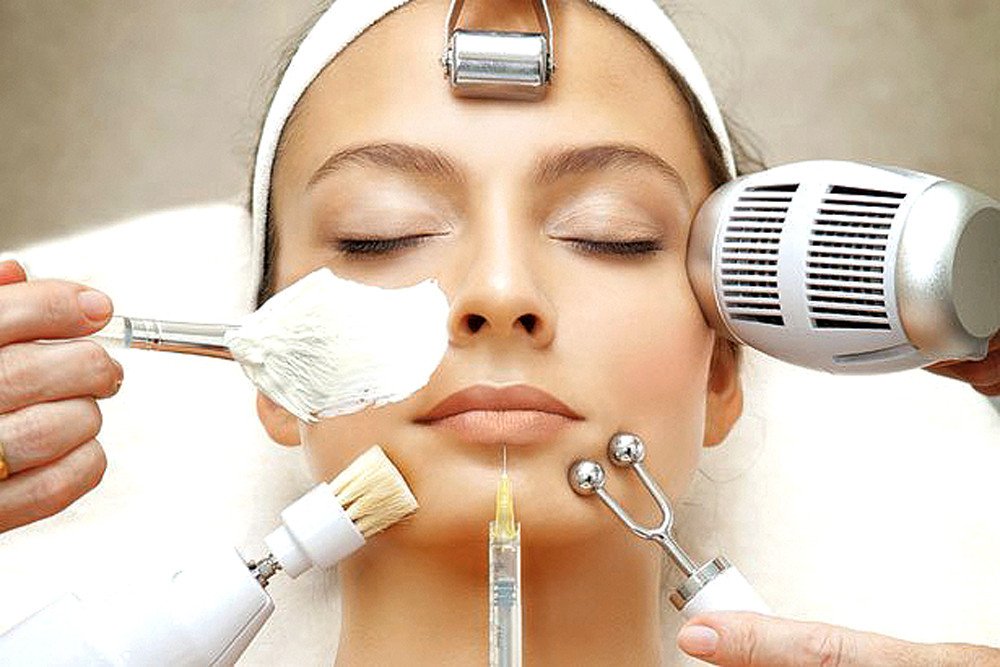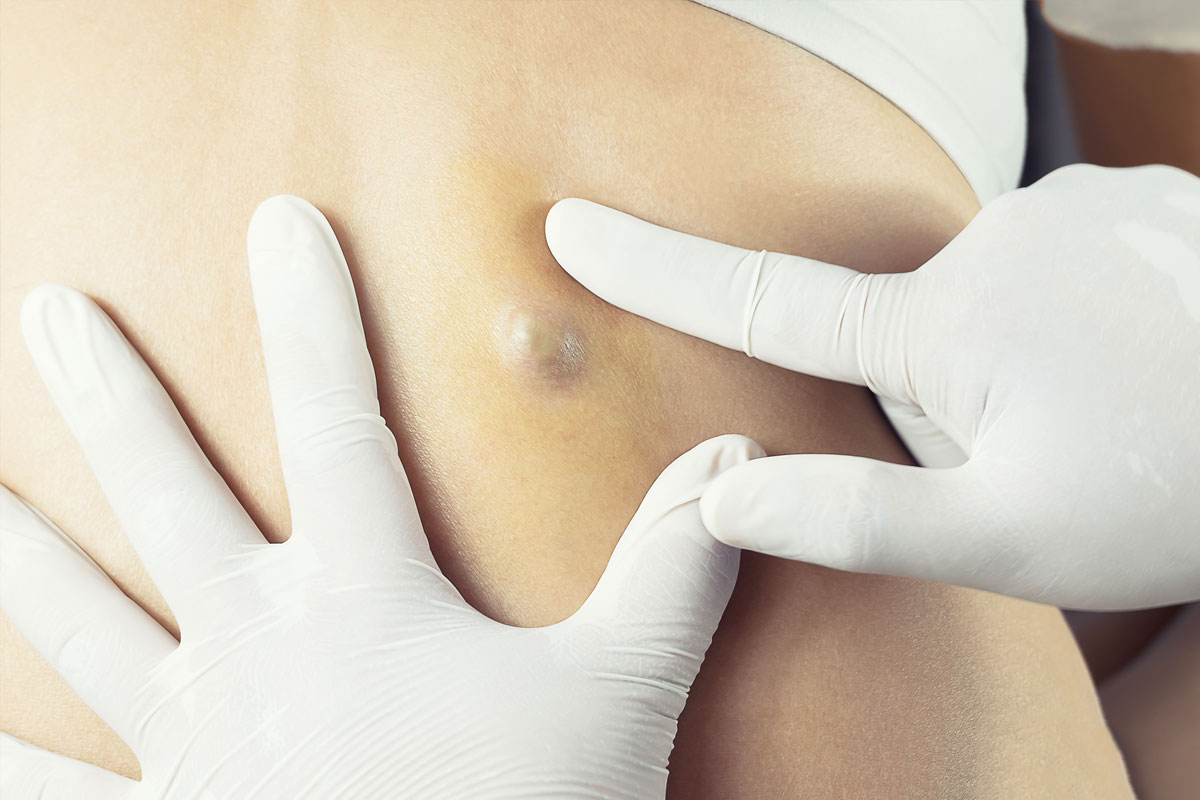
Mole Removal
In the process of mole removal surgery, the dermatologist will shave or cut the mole and remove it from the skin. A dermatologist is a medical professional who specialises in the treatment and diagnosis of skin diseases.
Mole removal surgery in Sirsa, Haryana is a quick and comfortable procedure that helps the doctor to test the mole to find the signs of skin cancer. Some people get the moles removed due to cosmetic reasons.
Moles often appear during the childhood and teenage years and the color ranges from skin tone to pink, black, or brown. People who have dark skin usually have dark moles and people with fair skin have fair moles.
Moles can be raised or flat from the surface of the skin. An experienced dermatologist may refer to a mole as a nevus (“nee-vis”). He/She may refer to a group of moles as nevi (“neev-eye”). It is normal to have around 10 to 40 moles by the time you become an adult. In some cases, moles may grow slowly and even disappear after some time.
Moles are usually harmless and you should see a doctor only if you have any concern with its appearance or shape. If the mole becomes itchy and starts bleeding you should contact your healthcare provider.
Given below are some reasons why you may need a mole removal surgery:
- Mole removal surgery is used for the treatment of atypical moles anywhere on your neck, face, arms, legs, or torso.
- The dermatologist may recommend the removal of an atypical mole so that he/she can run a skin biopsy test. This test will confirm if the mole is cancerous or precancerous.
Treatment for most of the moles is not necessary. However, if you're not happy with the way a mole appears on the body, you can choose to have it removed with the help of surgery.
What happens before the start of mole removal surgery?
Before the start of mole removal surgery, your dermatologist will take a detailed inspection of your skin. The doctor will take pictures of moles and will keep them as a reference for comparison at a later stage. Dermatologists may use a tool known as a dermoscope for a closer look at a mole and come up with the best solution to remove it. Dermatologists will mark the areas from where moles need to be removed and numb those areas using local anaesthesia.
How do dermatologists remove moles?
There are two methods followed by Dermatologists for mole removal: surgical excision and shave excision. You should talk with your dermatologist and discuss which method will be suitable for you.
Given below is a brief description of the two methods used by dermatologists for mole removal :
Surgical excision
Excision is one of the most commonly used methods to get rid of moles. Your Dermatologist will separate your mole from the rest of your skin with the help of a tool called a scalpel. The area will be cleaned and numbed.
Shave excision
Shave excision is another commonly used procedure for mole removal. In this process, the doctor shaves the mole instead of cutting it. Shave excision cannot be utilised to identify distinct forms of skin cancer or to examine deep tumour margins.
What are the other possible treatment methods of mole removal?
Some doctors use lasers, electric currents (cautery), or liquid nitrogen (cryotherapy) to remove moles, but these techniques are not usually recommended. Using these techniques will leave no sample of your mole to determine and examine it. By using these techniques, moles usually come back and can even have features of skin cancer.
After the completion of your mole removal surgery, observe the affected area closely to keep a look for any changes that might indicate that you’re having issues in healing. Immediately call your dermatologist if:
- You notice bleeding from the mole and it is not stopping.
- You notice signs of infection, like pus or redness.
- You’re unhappy with the appearance after it heals.
- The mole has grown back.
Mole removal surgery by a dermatologist is mostly a low-risk procedure. Risks of mole removal procedures include:
- Scars
- Infection.
- Bleeding
- Nerve damage.
- The mole may come back
One major benefit of mole removal surgery is that your healthcare provider will be able to diagnose if the mole is a sign of skin cancer. This will help you to start the treatment of skin cancer at an early stage. Many people also go for mole removal surgery, because they are conscious about their appearance.
Most treated sites heal completely in less than a month, although a larger or deeper incision could take 4-6 weeks to heal. After this time, you should continue to protect the area from the sun and may wish to explore scar fading treatments. However, the vast majority of our patients find that any scar created by removal fades naturally over the first year as the skin heals. Once your final results are visible, you should see no evidence of your mole. In most cases, you’ll be able to enjoy your newly smooth skin permanently.
What is the recovery time for mole removal surgery in Sirsa, Haryana?
- Your overall health and the mole size that was removed will determine how long it takes to heal after the surgery. Usually, the healing process will take two to three weeks.
- You can also keep on working on your regular tasks, but you may face some soreness.
- Make sure to follow the wound care guidelines provided by your healthcare professional in order to make the process of healing faster and avoid infection.
Mole removal surgery aftercare
- you should keep the wound clean, moist, and covered.
- Make sure to replace the dressing every day or as directed by your physician.
- Make sure to apply sunscreen to the exposed area after recovery.
Mostly mole removal surgeries are quick and do not cause much discomfort. You should be able to drive yourself home after the appointment with the doctor and return to work or school immediately.
Book your appointment today with Delhi Skin Hospital and get the best mole removal surgery in Sirsa, Haryana.
Book Your Free Consultation Now
Other Treatment
-
Acne Scar surgeries
Acne scar removal surgery is employed to treat severe adamant acne scars that do not respond positively to any medications and non-surgical treatments
-
Ear Lobe Repair
Earlobe repair is quickly becoming one of the most requested procedures. More and more people are coming in to get their earlobes repaired. In some cases, folks have waited years before seeking earlobe repair.
-
Cyst Removal
cyst feels like a lump or bump under the skin. The majority of cysts are sacs under the skin that fill up with skin cells and other skin products.
Gallery









